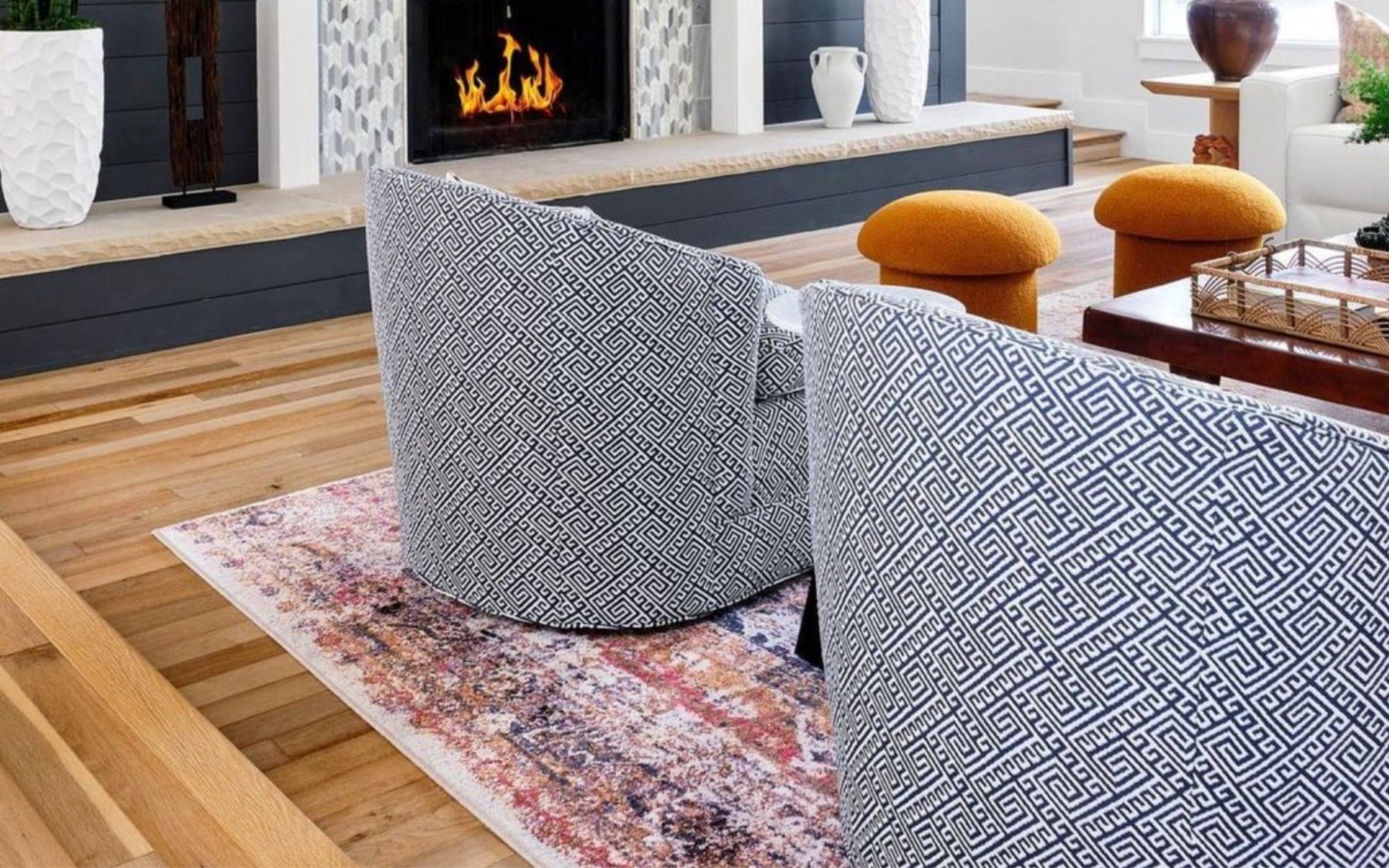
The Origins of the Greek Key Pattern
Greek Key patterns, often referred to as ‘Meander’ motifs, have captivated the world with their continuous lines forming a repeated maze-like design. Though commonly associated with classical Greek art and architecture, these patterns have made a lasting impact on modern textiles. This article delves into the origins and enduring allure of Greek Key patterns in textiles.
Ancient Beginnings:
The Greek Key pattern, named after the Meander River in present-day Turkey, is symbolic of the river’s twisting and winding path. This iconic design dates back to ancient Greece, around 700 BC, and has been a recurring motif in Greek frescoes, pottery, architecture, and textiles.

Pictured: Hatteras Outdoor Performance Fabric
Symbolism and Significance:
In ancient Greek culture, the key pattern was not just decorative but held profound symbolic meanings. It was often associated with infinity or the eternal flow of life, and sometimes symbolized unity and the bonds of friendship, love, and devotion. The labyrinthine pattern was also thought to represent the Cretan Labyrinth from Greek mythology, where the Minotaur was imprisoned.
Greek Key in Textiles:
As Greek civilization flourished, so did its art and textiles. Greek Key patterns found their way into the fabric, adding a sense of rhythm and harmony. Initially used in clothing and ceremonial textiles, they reflected the wearer's status and the cultural significance of the motif. The ancient Greeks often used intricate weaving techniques to incorporate the Greek Key into their textiles, which were then dyed using natural pigments.

Pictured: Pattern Goddess
Global Influence and Modern Adaptation:
The conquests of Alexander the Great and subsequent spread of Hellenistic culture played a pivotal role in taking Greek Key patterns beyond the shores of Greece. As it integrated into Roman art, the design continued to evolve. Fast forward to the 18th and 19th centuries; European fascination with classical art during the Neoclassical and Regency periods revitalized Greek Key patterns in textiles and interior décor.In contemporary textiles, the Greek Key pattern has become a popular choice for its timeless elegance. It’s now used in a plethora of fabric-based products, from upholstery and curtains to fashion items. Modern interpretations play with scale, color, and materials, rendering the ancient pattern suitable for various aesthetics.

Pictured: Toga
Incorporating Greek Key Textiles in Your Space:
The Greek Key pattern, with its labyrinthine design and rich historical roots, remains an evergreen motif in textiles. By understanding its origins and symbolism, we can appreciate the depth it brings to our modern fabrics. Whether you’re seeking a classic aura or a modern twist, Greek Key textiles can effortlessly elevate the aesthetics of your space.
Keywords: Greek Key Pattern, Textiles, Meander Motif, Ancient Greece, Labyrinthine Design, Classical Art, Modern Textiles, Interior Decor, Upholstery, Culture.
Comments
Leave a comment